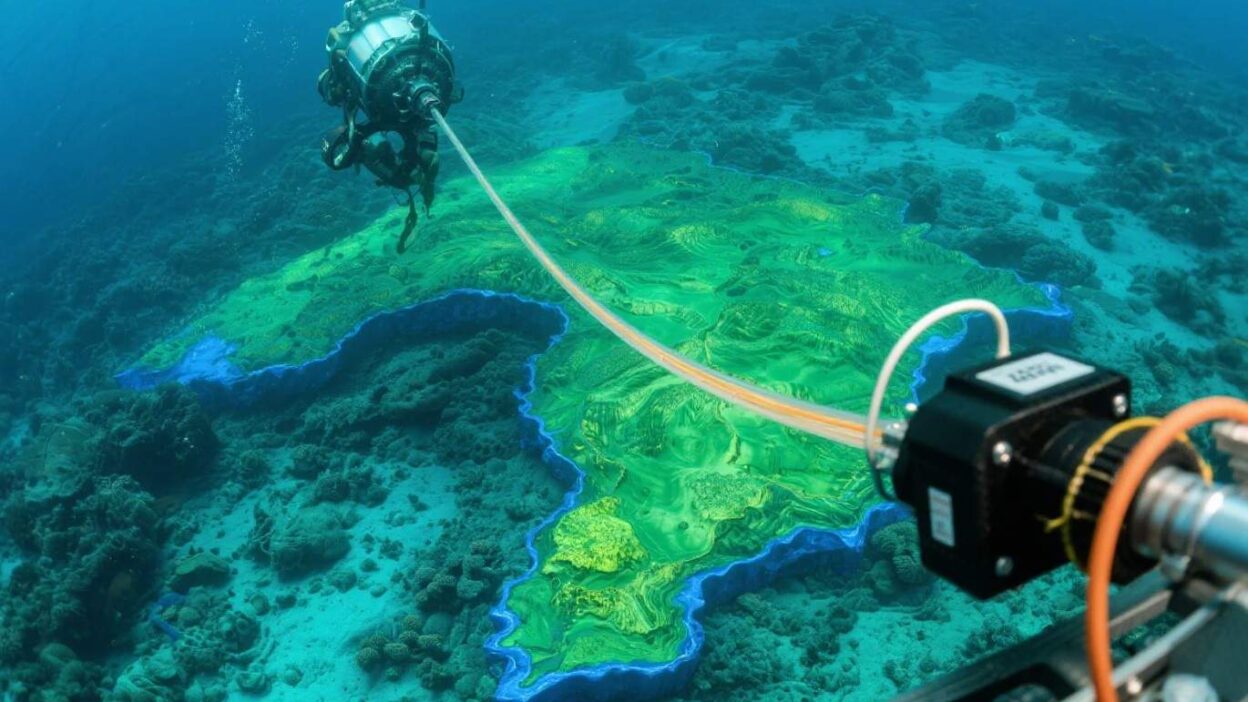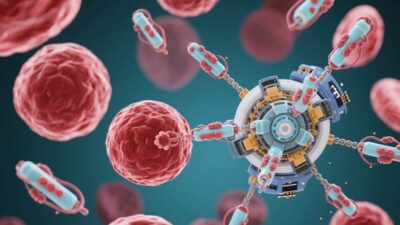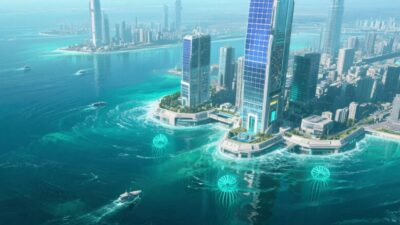Unveiling the Subsurface Structure of the Seafloor
A pioneering research team, including experts from Tohoku University, has developed an innovative technology that uses undersea optical fiber cables to map the subsurface structure of the seafloor with unprecedented detail. By transforming optical fibers into sensitive sensors, this method detects minute vibrations to create detailed visualizations of the seafloor’s subsurface. This breakthrough has significant potential for exploring valuable seafloor resources, such as oil and natural gas, and advancing our understanding of underwater geological structures.
How Distributed Acoustic Sensing (DAS) Works
The technology, known as Distributed Acoustic Sensing (DAS), leverages optical fiber cables to visualize subsurface structures by analyzing refracted seismic waves. Unlike traditional methods, DAS uses the optical fiber itself as a sensor, offering a cost-effective and scalable solution for seafloor mapping. The research, a collaboration between Tohoku University, the University of Tokyo, and Kyoto University, was published in the prestigious British journal Scientific Reports.
Key Features of DAS Technology
- High-Precision Mapping: Detects seismic wave refractions to create detailed subsurface images.
- Scalable Coverage: Maps large areas, up to 60 kilometers, with measurements taken every few meters.
- Versatile Applications: Supports resource exploration, earthquake monitoring, and geological research.
Real-World Application Off the Sanriku Coast
Led by then-Tohoku University researcher Shun Fukushima, the team conducted a groundbreaking experiment using an optical fiber cable laid along the seafloor off the Sanriku coast in Iwate Prefecture. Seismic waves, generated underwater using compressed air from an air gun, were measured as they refracted through underground strata and returned to the cable. This approach allowed the team to:
- Map approximately 60 kilometers of seafloor subsurface, from coastal areas to offshore regions.
- Classify subsurface strata into three distinct types based on wave propagation differences.
- Track changes in strata thickness, providing insights into geological variations.
The high-precision data revealed intricate details about the seafloor’s subsurface structure, demonstrating the power of optical fiber-based sensing for large-scale geological studies.
Broader Implications for Seafloor Exploration
While DAS has primarily been used for earthquake monitoring, its application in seafloor mapping opens new possibilities. This technology could revolutionize how we explore seafloor resources and study earthquake propagation. Key benefits include:
- Resource Exploration: Identifying promising areas for oil, natural gas, and other seafloor resources.
- Earthquake Research: Enhancing our understanding of how seismic waves travel through subsurface layers.
- Environmental Monitoring: Providing data to support sustainable exploration and conservation efforts.
The Future of Optical Fiber in Geological Research
The use of optical fiber cables as sensors marks a significant advancement in geophysical research. By repurposing existing undersea infrastructure, DAS offers a sustainable and efficient way to study the seafloor. As researchers continue to refine this technology, it could become a cornerstone for both commercial resource exploration and academic studies of the Earth’s subsurface.
For more details on this groundbreaking research, refer to the study published in Scientific Reports or explore related advancements in geophysical technologies.



